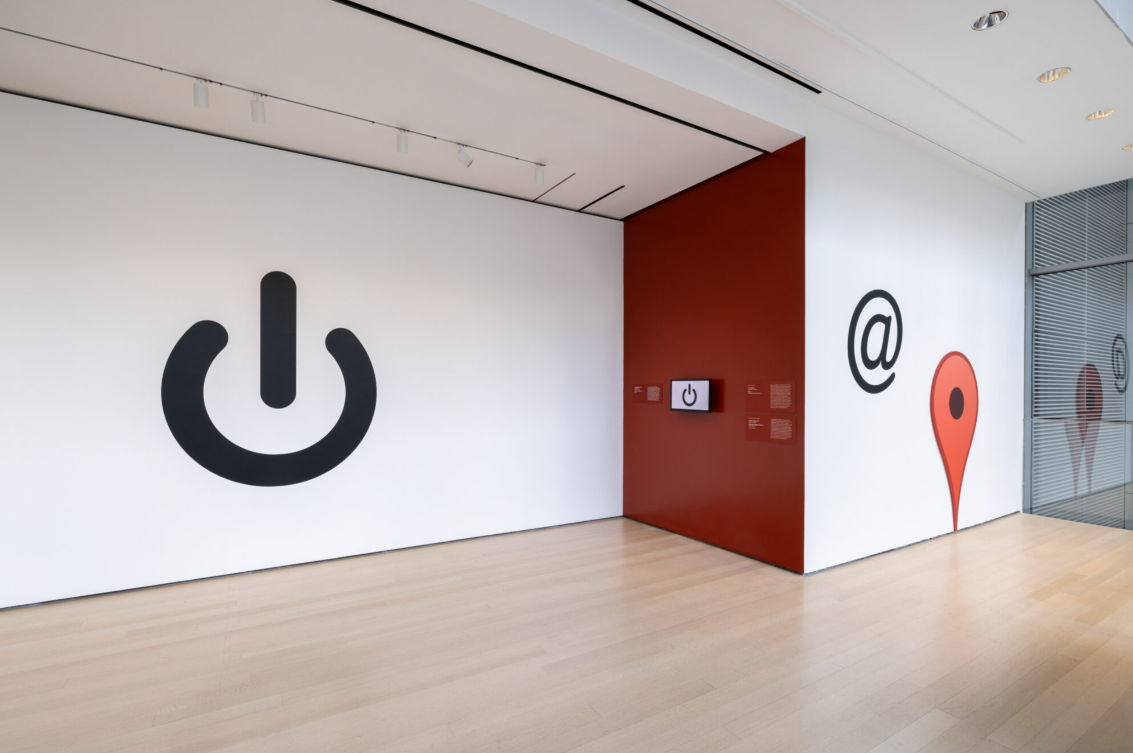Pirouette: Turning Points in Design at MoMA explores how design shapes our lives, from Post-its to the Walkman, highlighting innovative objects that solve problems, inspire new behaviors, and transform the way we experience the world.

"Design is a fundamental element of life, a catalyst for transformation that helps us adapt to change. Each object can reflect our strengths and weaknesses while proposing new ways to behave and inhabit the world" — Curator of the exhibition
The collection spans from the 1930s to the present and includes furniture, electronics, graphic symbols, information design, and more. Some of these objects are universally recognizable, such as the I ❤️ NY logo or Post-its, while others are known primarily to specialized audiences or design enthusiasts.

Highlighted works include the Walkman Portable Audio Cassette Player and the Macintosh 128K Home Computer, which transformed our relationship with private space and allowed us to carry the world with us. Meanwhile, objects like the Telfar Shopping Bag, dubbed the “Bushwick Birkin,” redefine exclusivity and luxury in contemporary fashion.

The exhibition demonstrates that design not only solves conventional problems but often creates new challenges and possibilities, encouraging a rethink of materials, technologies, and forms. Pieces such as Spanx, Post-its, or recent symbols like the Accessible Icon represent experiments with new concepts and innovative solutions, showing how design translates human experience into tangible forms and envisions a more functional, aesthetic, and equitable future.
Turning Points in Design shows that design is more than aesthetics: it is a tool that transforms behavior, opens pathways for new ideas, and connects our lives to creativity and innovation.
Beyond celebrating iconic objects, Pirouette: Turning Points in Design also sheds light on the invisible narratives behind design—those moments of experimentation, failure, and reinvention that shape the evolution of everyday tools. The exhibition highlights the tension between utility and beauty, revealing how designers navigate cultural shifts, technological advances, and environmental challenges to create objects that respond to both human needs and aspirations. Through this lens, design emerges not only as a discipline but as a continuous act of problem-solving that mirrors the adaptability of society itself.

The exhibition also explores the emotional dimension of design—how objects evoke memory, identity, and connection. By placing familiar items such as the Walkman or the Telfar Bag alongside experimental prototypes, MoMA encourages visitors to consider the stories embedded in design: who creates, who uses, and who is represented. Turning Points in Design ultimately proposes that every designed object, no matter how small, carries within it a turning point—a shift in how we relate to technology, culture, and one another.